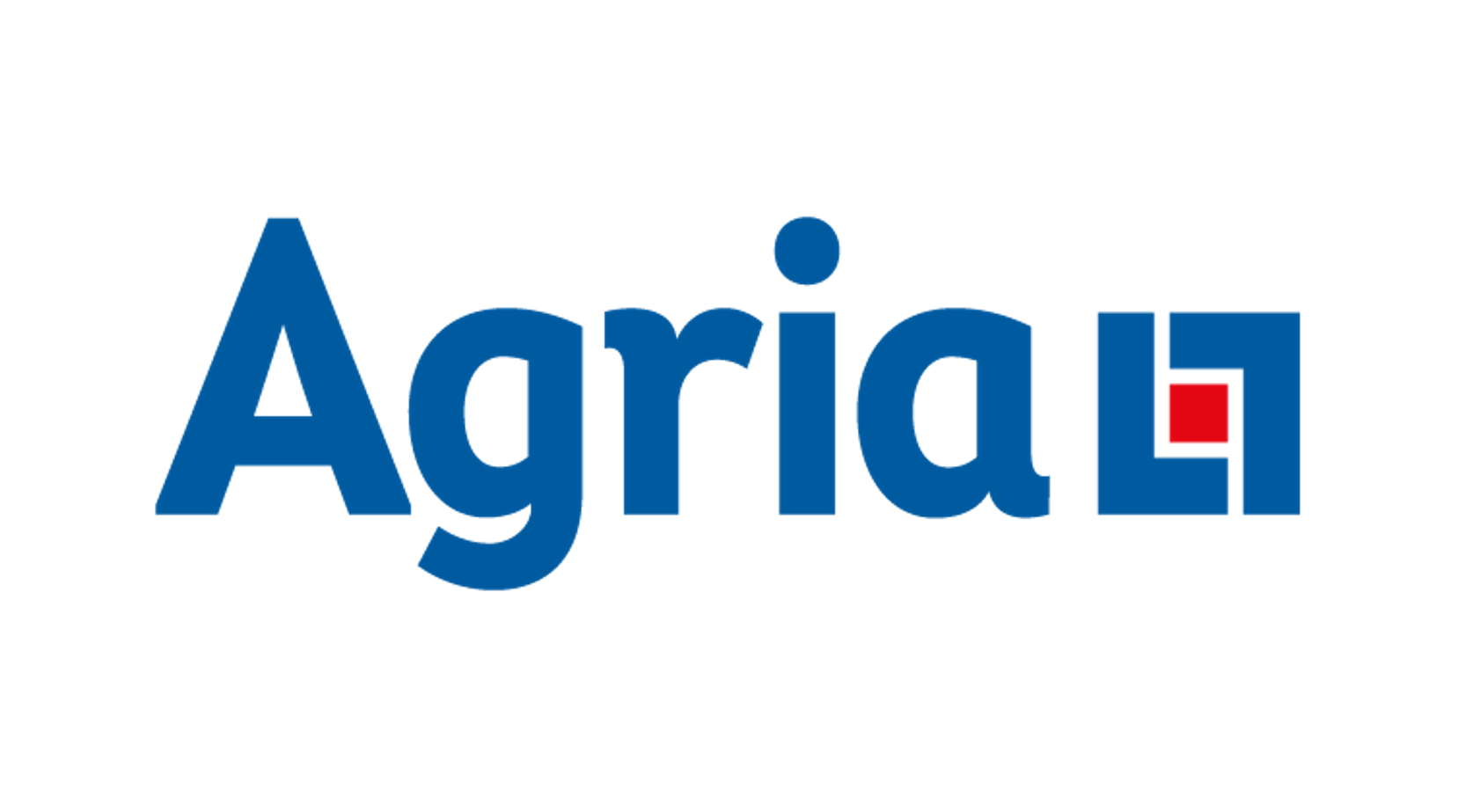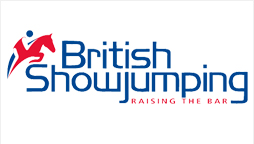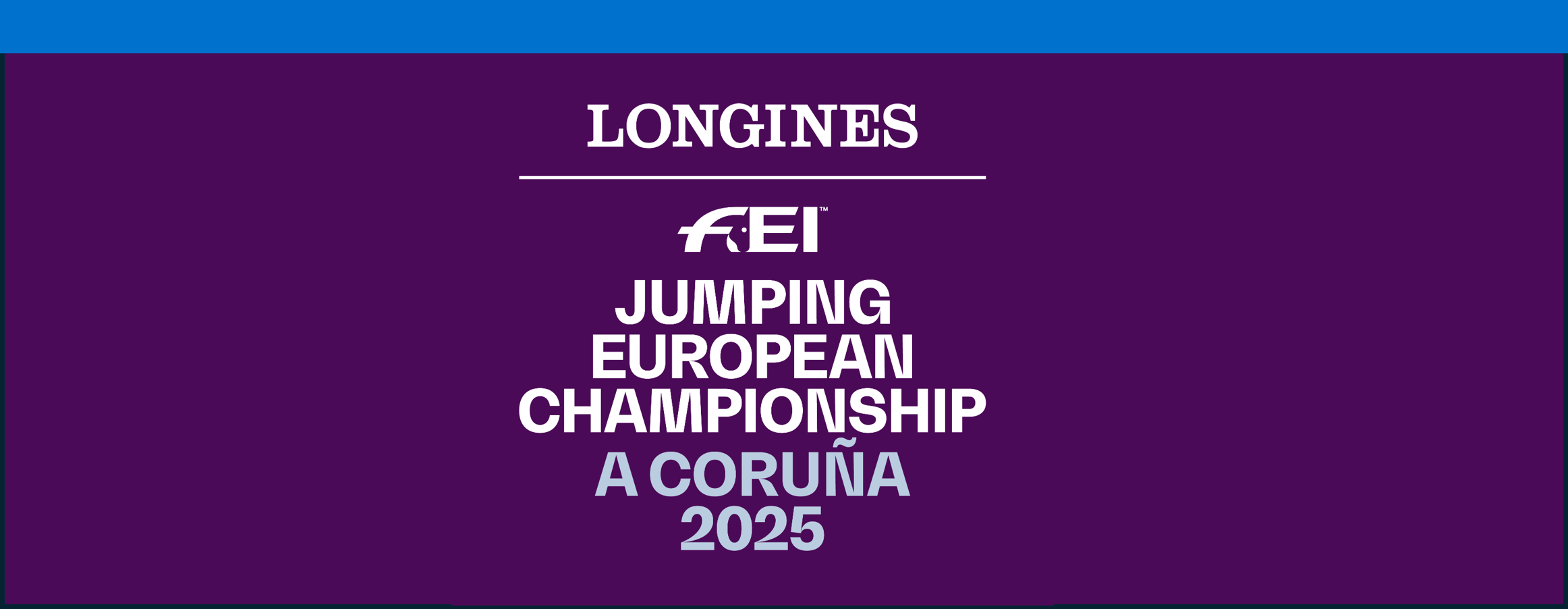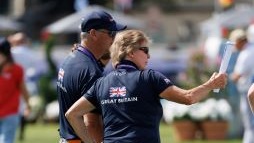Jumping
This year's FEI Jumping European Championship is set to take place in A Coruña, Spain from 16–20 July. This is the 38th edition of the competition, which began in Rotterdam in 1957, and only the third time that it's taken place in Spain (Gijón 1993 and Madrid 2011). A total of 23 nations will be represented at A Coruña, with 18 of those taking part in the team competition. Sweden are the defending title holders, while individual champion Steve Guerdat from Switzerland returns to attempt back-to-back victories.
The Casas Novas Equestrian Centre is located in the region of Galicia coastal region in north-west Spain, close to A Coruña. It holds equestrian competitions throughout the year, including summer and winter international series. The centre boasts indoor and outdoor arena, training tracks, modern permanent stabling and hospitality areas for riders, their connections and the public.
British squad
- Scott Brash with Lady Pauline Harris and Lady Pauline Kirkham’s Hello Folie and groom David Honnet
- Ben Maher with Charlotte Rossetter and Pamela Wright’s Dallas Vegas Batilly and groom Gwen Bellamy
- Jessica Mendoza with Pernilla Amman, Georgia Kipp, Kristi Mitchem, Mellissa Skowlund and her own In The Air and groom Lina Karlsson
- Matthew Sampson Medoc de Toxandria and groom Paul Drew
- Donald Whitaker with Reitsportanlage Dagobertshausen GmbH and his own Millfield Colette and groom Brigita Unciute
Full list of entries for FEI Jumping European Championship 2025.
daily schedule
- Tuesday 15 July: First horse inspection (10:30–12:00 CET / 09:30–11:00 BST)
- Wednesday 16 July: Speed and handiness competition for teams and individuals (15:00 CET / 14:00 BST)
- Thursday 17 July: Team and individual qualifier (15:00 CET / 14:00 BST)
- Friday 18 July: Team final and individual qualifier (16:15 CET / 15:15 BST)
- Saturday 19 July: Rest day for all qualified athletes
- Sunday 20 July: Individual final rounds A and B (14:00 CET / 13:00 BST)
Latest news
Stay up to date with everything that's happening in A Coruña here, or via our Facebook and Instagram feeds.
Results and timings
All results and timings are available to view via Longines Timing. The start lists will be updated after the first horse inspection takes place on Tuesday 15 July.
Competition Structure
The showjumping competition is contested over several rounds to decide team and individual honours. Combinations tackle set courses of knockable fences, with the aim being to leave the fences up and finish inside the optimum time. National federations can put forward a team of three or four combinations, with the three highest scores counting towards the final team result.
Horse inspections
All horses are examined on arrival and must pass a horse inspection by the ground jury and a veterinary delegate prior to the start of competition to ensure that they're fit to compete. All horses contesting the individual final must pass a second horse inspection on the morning of the rest day.
Training session
The day before competition starts, each nation takes part in an official training session in the main arena, in order to help their horses become familiar with the environment. After warming up outside, all athletes for that nation will enter the arena together. They are each allowed a maximum of 90 seconds of flat work and 90 seconds of jumping over a short course. The starting order is decided by a draw.
SPEED and handiness ROUND (DAY ONE)
All competitors contest one round of 1.50m fences against the clock under Table C rules. The fastest time wins the class, with competitors having an additional four seconds are added to their time for every fence down. The final scores are multiplied by 0.5 to convert them into points – the rider with the fastest time is given zero penalties, with all athletes then given penalties dependent on the difference between their converted time and the rider on zero penalties.
TEAM COMPETITION AND INDIVIDUAL QUALIFIER (DAY TWO AND THREE)
All combinations complete an initial qualifying round on day two, before the top-10 best teams and the top 50 athletes go forward to compete in another round that acts as a second individual qualifier and also as the final of the team competition. Penalties are added to an athlete's overnight score for fences down, refusals and seconds over the optimum time. The team result is calculated by adding together the three best-placed athlete scores after the first and second qualifying rounds.
INDIVIDUAL FINAL (DAY Five)
The third competition is split into two rounds – A and B. Round A is contested by the top-25 combinations following the second round of competition. The 12 best-placed combinations after Round A go through to Round B to decide the individual placings. The combination with the lowest number of penalties at the end of the competition is declared the winner.
How to watch
All the action will be available to stream live with English commentary on FEI.TV via a subscription to ClipMyHorse.TV. Click here for the full schedule.
At this time, BBC Sport has not confirmed if they'll be showing any coverage of the event. If this changes, this page will be updated accordingly.
Keep an eye on our social media feeds for the ride times of each of our British combinations.
Ticketing
Access to the event is free, although the opportunity to pre-book is now closed. If you're planning to attend the event, travel information is available here.
Past successes
Want to know how the British team has fared at previous FEI Jumping European Championships? Check out our handy table.



